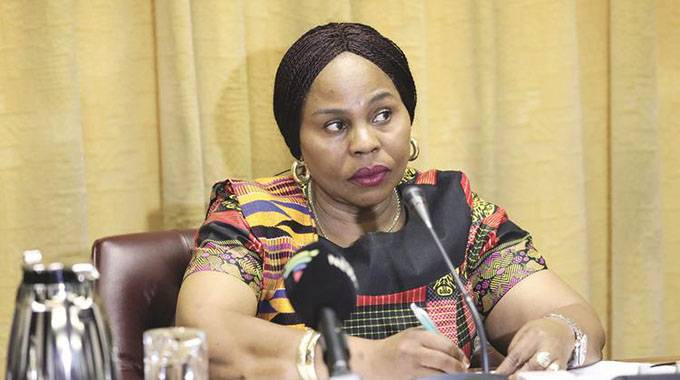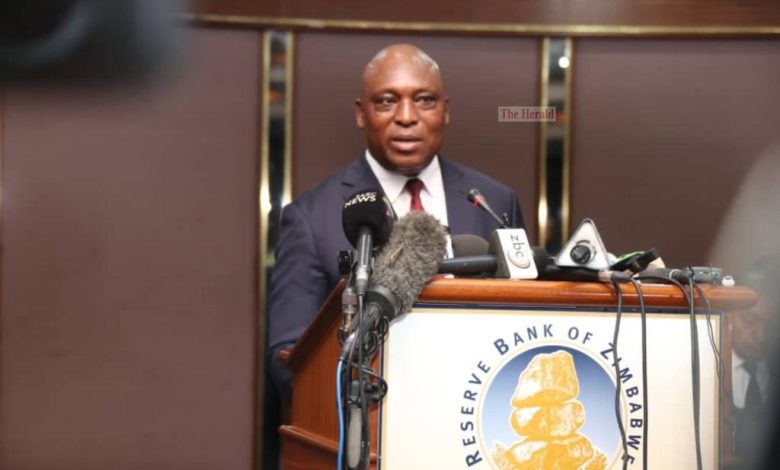RBZ moves to address forex auction backlog . . . introduces tradeable Treasury instruments
The Reserve Bank of Zimbabwe (RBZ), Governor Dr John Mushayavanhu, in his 2024 Mid-Term Monetary Policy Review Statement released last week confirmed that Treasury introduced instruments to clear the foreign exchange auction backlog amounting to US$90,8 million.
The backlog had caused uncertainty in the market, affecting businesses that rely on the auction system to meet their foreign currency needs before the new currency was introduced in April 2024.
“The Ministry of Finance, Economic Development, and Investment Promotion has issued Treasury instruments against the auction backlog amounting to US$90,8 million, covering both Retail and Wholesale auction obligations.
“To deepen the country’s fixed-income market, the Treasury instruments are tradeable in the secondary market,” said Dr Mushayavanhu.
Economists have lauded this move, noting that tradeable instruments in the secondary market will provide much-needed liquidity and flexibility.
Ms Gladys Shumbambiri-Mutsopotsi, a respected economist, applauded the initiative, saying, “The issuance of tradeable Treasury instruments is a commendable move that not only addresses the immediate issue of clearing the auction backlog but also contributes to the development of a robust fixed-income market.”
According to her, this will enhance investor confidence and promote transparency in the allocation of foreign exchange.
Tinevimbo Shava, another prominent economist, echoed these sentiments, emphasising the positive impact on market dynamics.
“By making these instruments tradeable, the RBZ is providing a tool for market participants to manage their liquidity more effectively. This will encourage greater participation in the foreign exchange market, thereby supporting the stability of the ZiG,” she said.
The Reserve Bank’s focus on building reserves is another critical component of its strategy. The central bank has embarked on a reserve-building strategy, comprising foreign currency and precious metals, mainly gold. This approach is designed to provide a strong backing for the Zimbabwe Gold currency.
Dr Mushayavanhu highlighted that “the country’s reserves grew by 30 percent, from US$285 million as of April 5, 2024, to about US$375 million as of June 30, 2024. The Reserve Bank will continue to purchase gold to provide a solid and sufficient anchor for ZiG.”
Analysts have welcomed this strategy as a prudent measure to enhance economic stability. Namatai Maeresera, a financial analyst, remarked, “A 30 percent increase in reserves within a few months is a significant achievement.
“By accumulating gold and foreign currency reserves, the RBZ is creating a safety net that will shield the economy from external shocks.
“This proactive stance is crucial for maintaining the confidence of both local and international investors.”
Ms Mitchell Handirisi, another analyst, pointed out the broader implications of this strategy.
“Building reserves not only strengthens the local currency but also positions Zimbabwe as a credible player in the regional and global markets. This move demonstrates the RBZ’s commitment to sound monetary policies and lays the groundwork for sustainable economic growth,” Ms Handirisi said.
In another bid to bolster the financial system, the RBZ increased the statutory reserve ratio for foreign currency demand deposits from 15 percent to 20 percent, effective from April 8, 2024. This move led to an increase in foreign currency statutory reserve balances from US$226,39 million at the beginning of the year to US$326,18 million by the end of June 2024.
Dr Mushayavanhu explained that this increase is part of the bank’s strategy to maintain a tight monetary stance while supporting the stability of the financial system. The increase in reserves helps to ensure that banks have a solid cushion to meet their obligations, which is vital for maintaining confidence in the banking sector.
The RBZ’s tight monetary policy stance has also impacted broad money (M3) growth.
Broad money stock stood at ZiG42 726.47 million as of June 2024, reflecting a monthly growth rate of 4,1 percent, down from 5,9 percent in May 2024. The local currency component of broad money increased, indicating a rise in banking sector loans and advances.
Dr Mushayavanhu’s 2024 Mid-Term Monetary Policy Review Statement outlines decisive steps towards stabilising the economy. The introduction of tradeable Treasury instruments, reserve-building strategies, and adjustments in statutory reserves all signal the RBZ’s commitment to fostering economic resilience.-herald









